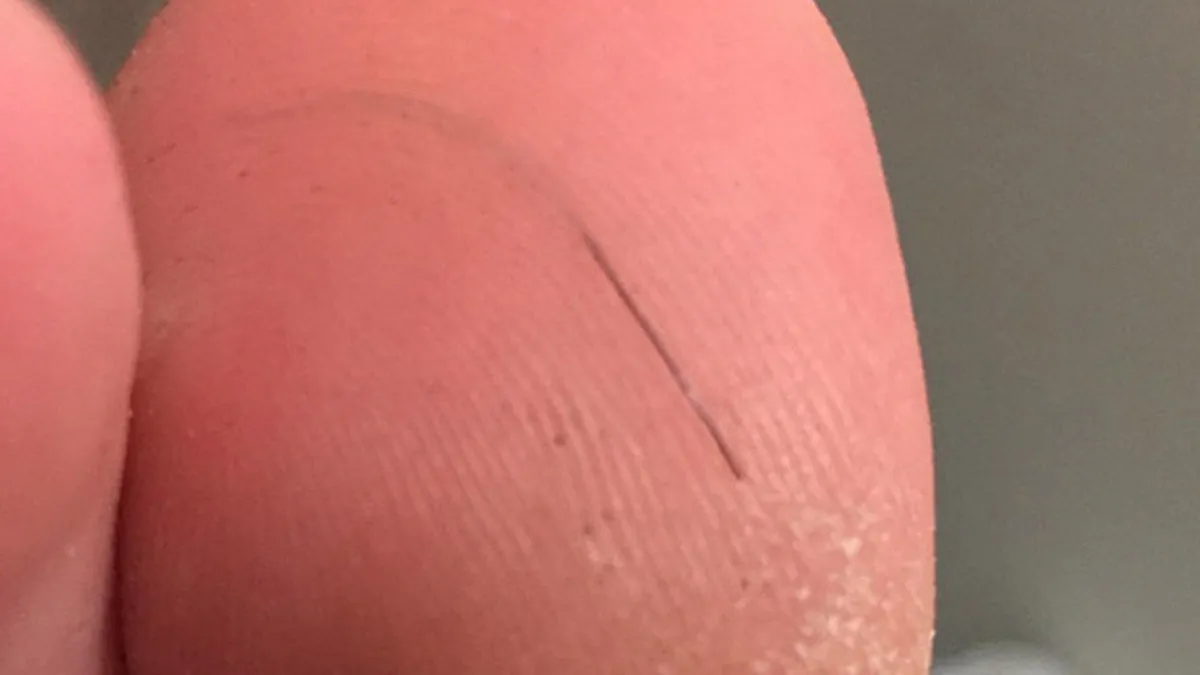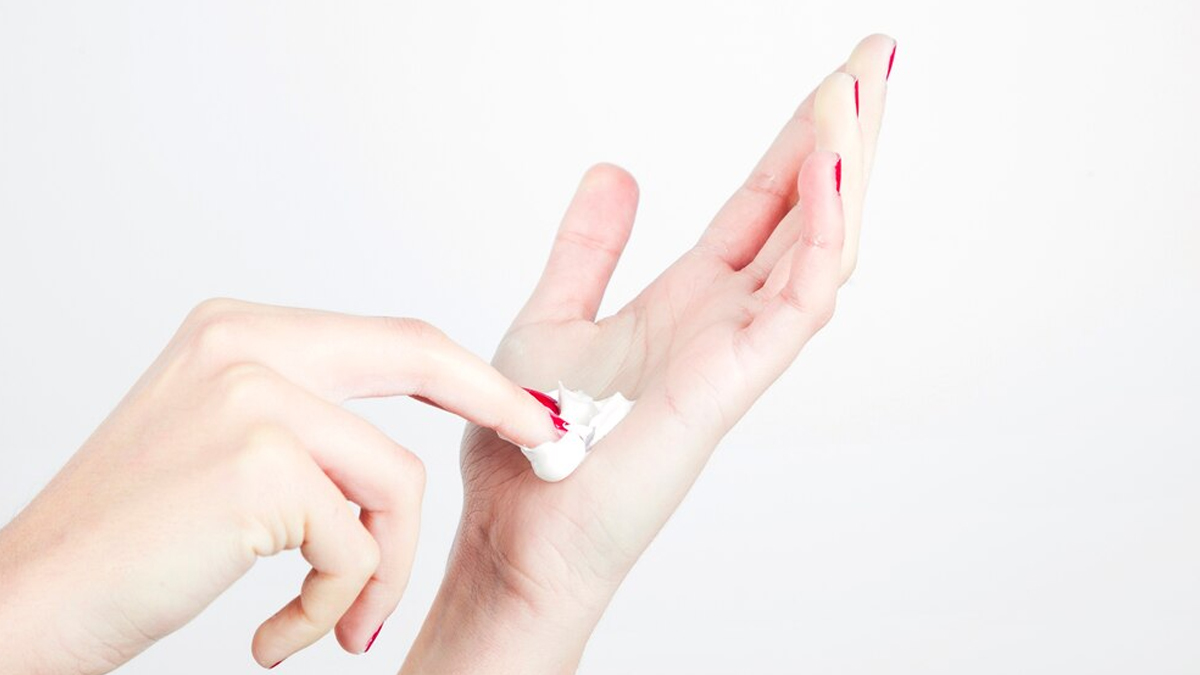
We have all heard of wood splinters and we know they are painful, but did you know that our seemingly harmless strands of hair can pierce your skin and cause painful splinters? Hair splinters, also known as hair slivers, are very real and can cause discomfort.
Table of Content:-
While they may sound unusual, hair splinters can happen more easily than one would comprehend. They’re small but painful, and if not addressed properly, can even lead to infections. Read on to know what hair splinters are, how they happen, and how you can handle them if they occur.
What Exactly Is A Hair Splinter?

A hair splinter occurs when a strand of hair pierces the skin and embeds itself under it. You may not notice it right away, but when you do, it can cause pain and irritation. It’s a small but sharp injury, often caused by freshly cut hair. Since hair, especially after a trim, can be quite sharp, it’s easier for it to pierce the skin, especially if it’s coarse or thick.
While hair splinters aren’t dangerous in themselves, like commonly known splinters, a hair splinter can lead to infection if it’s not properly treated. If the area gets dirty or the splinter isn’t removed promptly, it can worsen. Keep the area clean and watch for signs of infection, such as increased redness, swelling, or pus. If the symptoms persist or worsen, it’s best to consult a healthcare professional.
What Causes Hair Splinters And Who Is More Prone?
Hair splinters don’t just appear out of nowhere. There are several common scenarios where hair is more likely to pierce your skin. Here are some of the top causes.
- If you tend to walk around your home barefoot, stray hairs from grooming sessions or pet care could get stuck in your skin. If you’ve ever had a pet, you know how easily hair can get everywhere, including the floor.
- People who work around hair, such as hairstylists, barbers, or pet groomers, are at higher risk of getting hair splinters. This is because they frequently come into contact with freshly cut, sharp hair strands that are more likely to pierce the skin.
- Those with thick, coarse hair are more likely to experience hair splinters. The texture of thick hair makes it sharper and more prone to puncturing the skin, especially if it gets lodged in a sensitive area.
How To Identify A Hair Splinter?
It’s not always easy to identify a hair splinter. Since the strand is so small, it can be hard to see, but there are a few signs you can look out for. If you’ve got a hair splinter, you might notice the following.
- Sharp pain at the point where the hair has pierced your skin
- Redness or swelling around the affected area
- A persistent feeling of something being stuck under your skin
If you suspect you have a hair splinter but can’t see it, gently run your finger over the area. Often, you can feel a raised spot where the hair has penetrated the skin. For a closer look, use a magnifying glass or shine a light on the area to help spot the splinter.
How To Safely Remove A Hair Splinter?

Getting rid of a hair splinter doesn’t need to be complicated. With a little patience, you can usually remove it on your own, however it is advisable to consult a doctor and get it removed. Here’s a guide to removing a hair splinter.
- Start by washing your hands and cleaning the affected area with warm water and soap.
- Use a magnifying glass to get a closer look at the area where the hair is embedded. If possible, determine if the hair is positioned horizontally or vertically.
- If the splinter is near the surface of your skin, you can use a piece of tape. Place a piece of tape over the affected area and gently pull it off. This method can often pull out the hair without the need for further tools.
- If the splinter is deeper, sterilise a needle and a pair of tweezers with rubbing alcohol. Use the needle to gently open the skin along the hair’s path, then grab the hair with the tweezers.
- After removing the hair, rinse the area with warm water and dry it with a clean towel.
- Finally, apply a small amount of antibiotic ointment to the area to prevent infection and cover it with a bandage.
RELATED: How Can You Get Rid Of Contact Dermatitis FAST? Expert Answers And Shares 5 Preventive Measures
Can You Prevent Hair Splinters?
While you can’t always avoid hair splinters, there are some simple steps you can take to reduce the risk.
- If you have cut your hair or groomed your pets, be sure to clean up the stray hairs from the floor. This can prevent them from getting stuck in your skin later on.
- If you work with hair regularly, wearing gloves can protect your hands from hair splinters.
- If you have thick or coarse hair, be extra careful when cutting or styling it. A small hair splinter could be more likely to happen if the strands are sharp.
Takeaway
Hair splinters may seem like an unusual concern, but they can happen more often than you might think. While they’re generally not dangerous, they can be painful and hard to remove. By understanding the causes and symptoms of hair splinters, you can take steps to avoid them and treat them properly if they occur.
image credit: healthline
Also watch this video
How we keep this article up to date:
We work with experts and keep a close eye on the latest in health and wellness. Whenever there is a new research or helpful information, we update our articles with accurate and useful advice.
Current Version